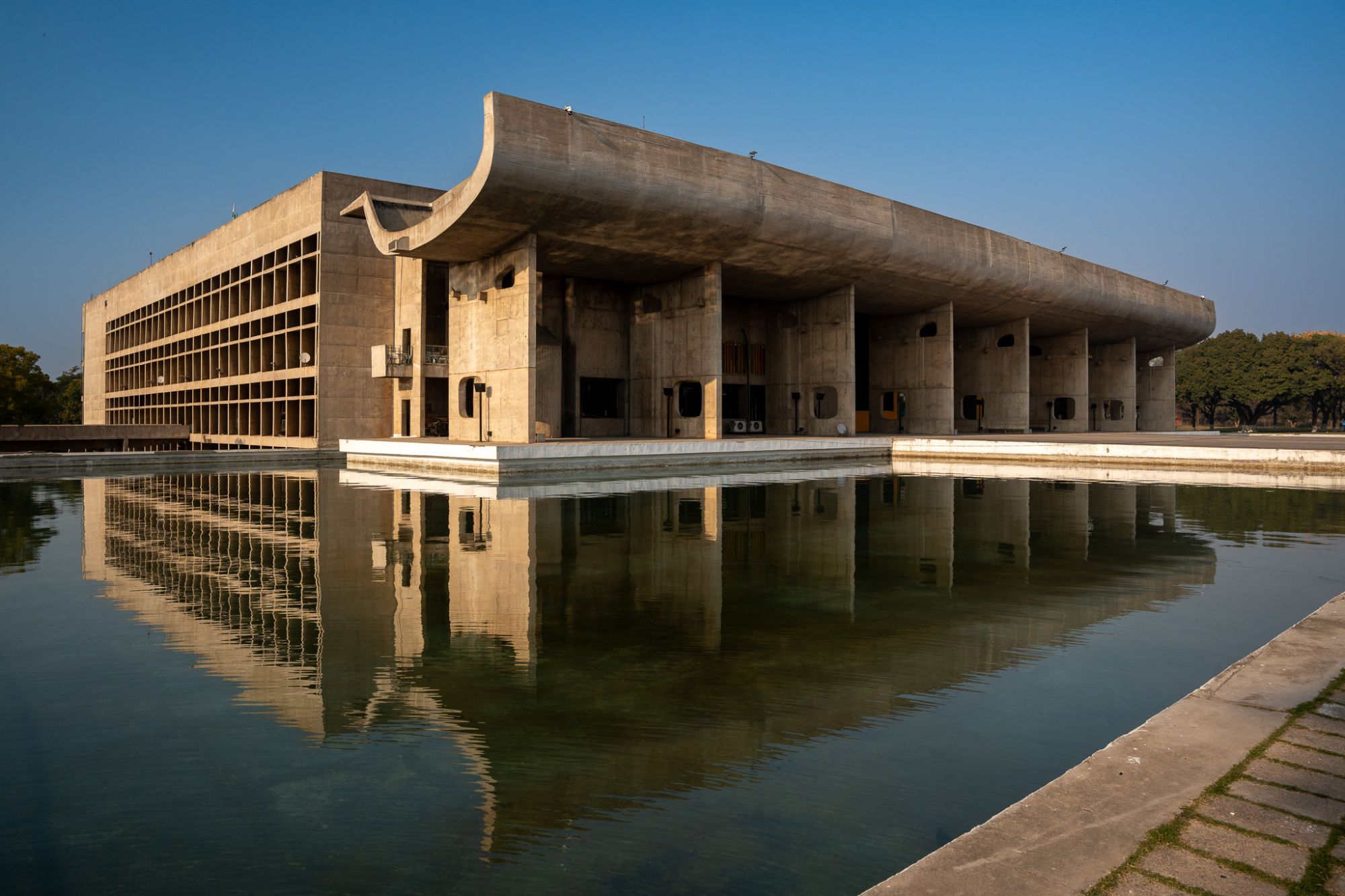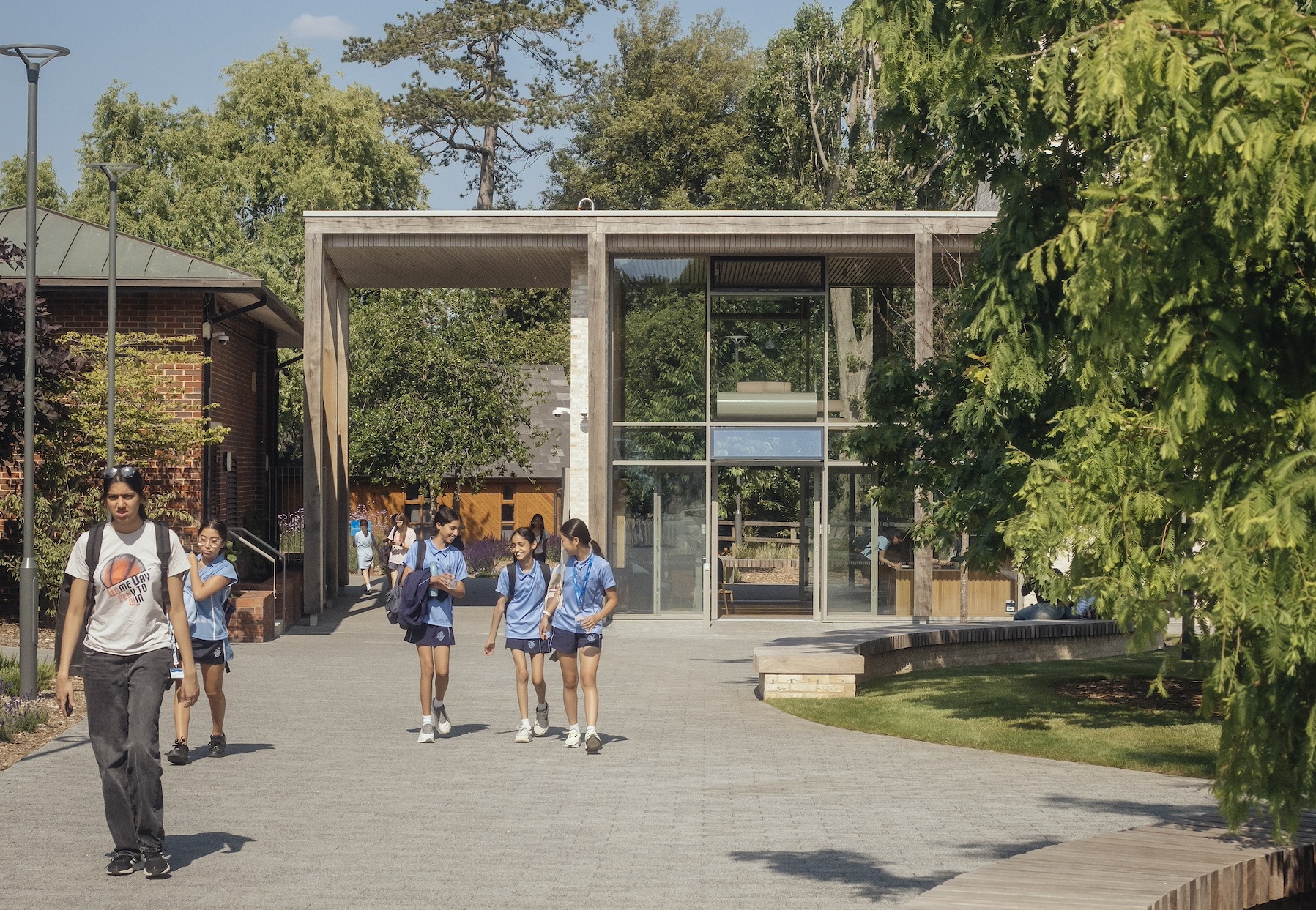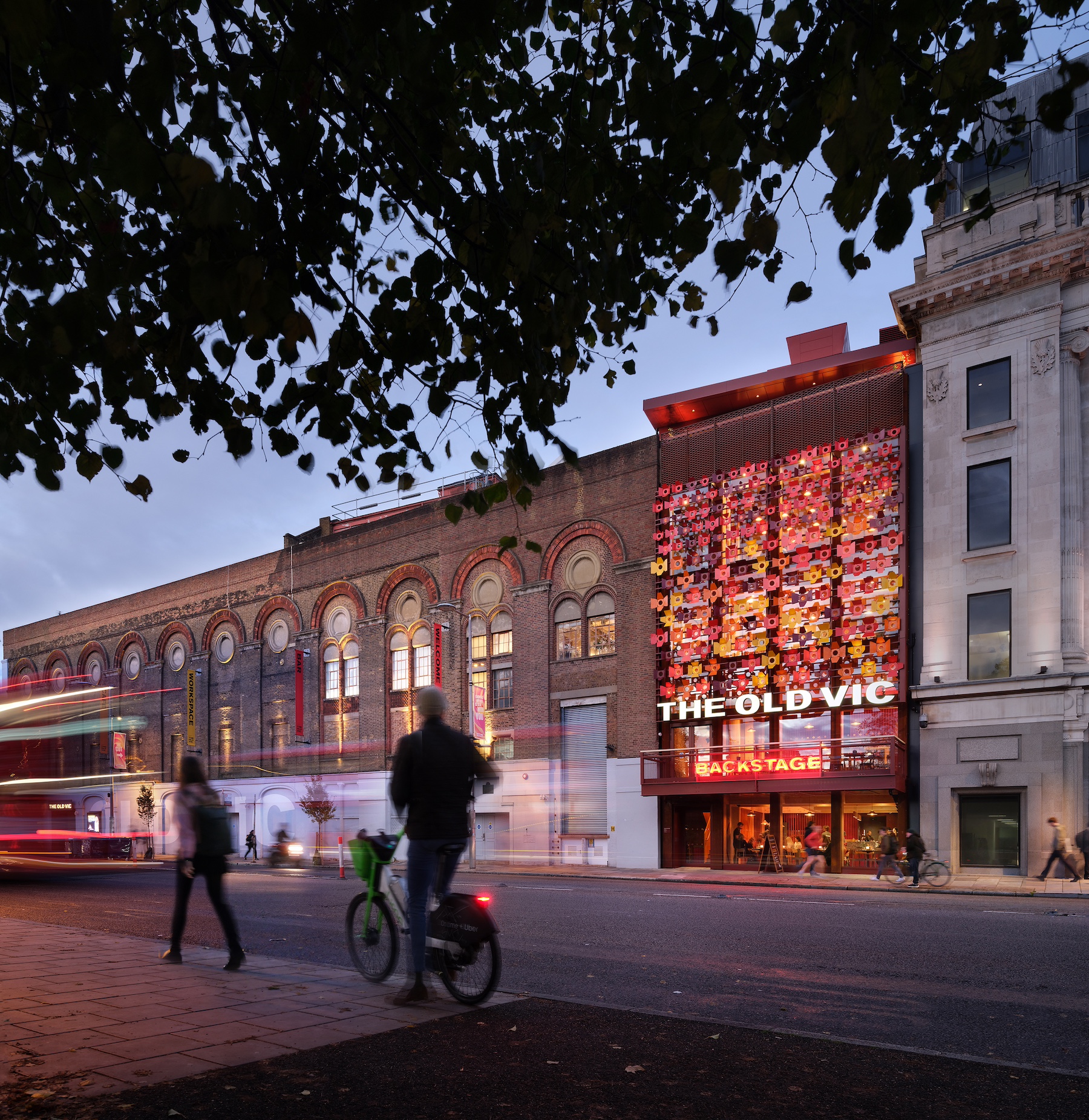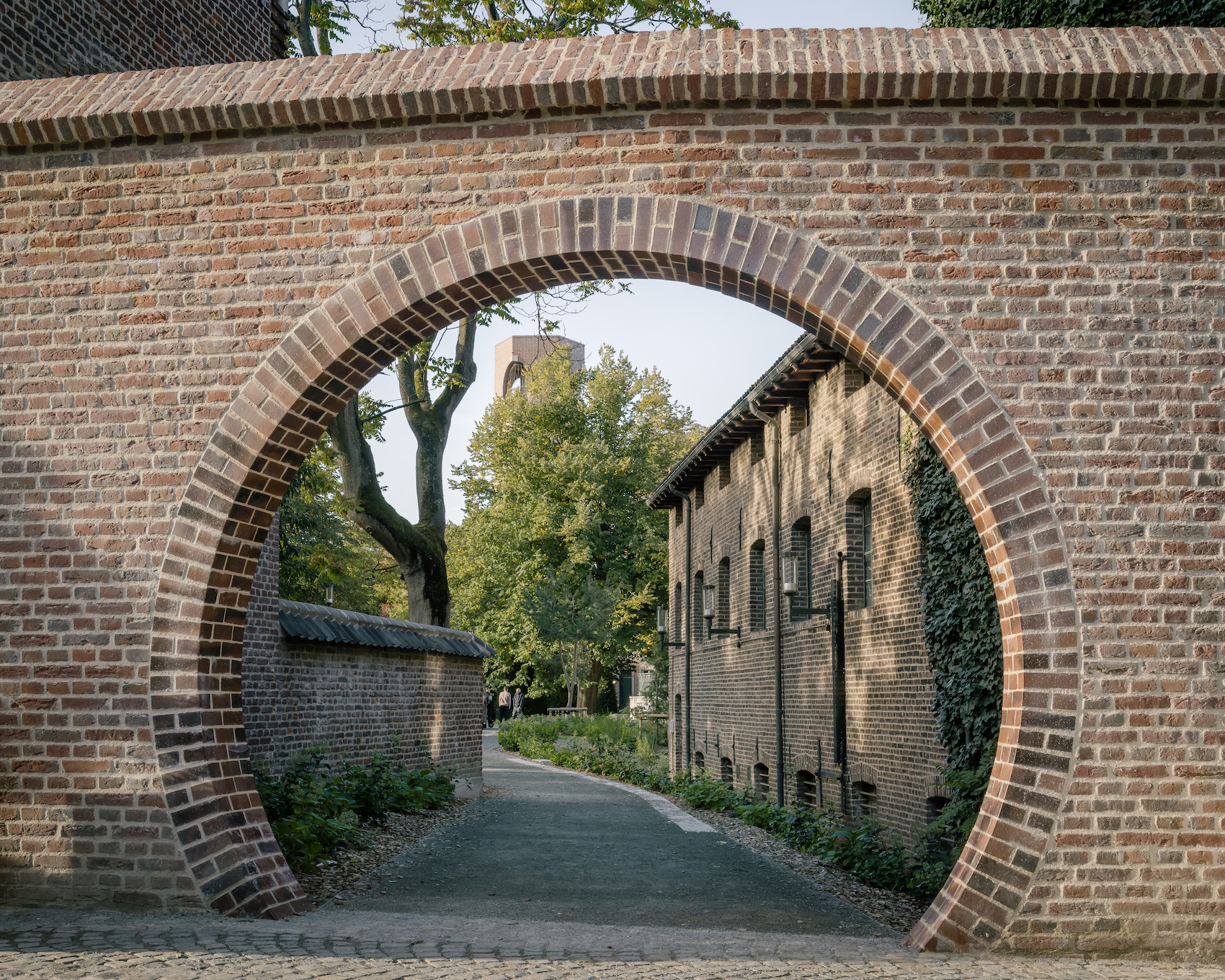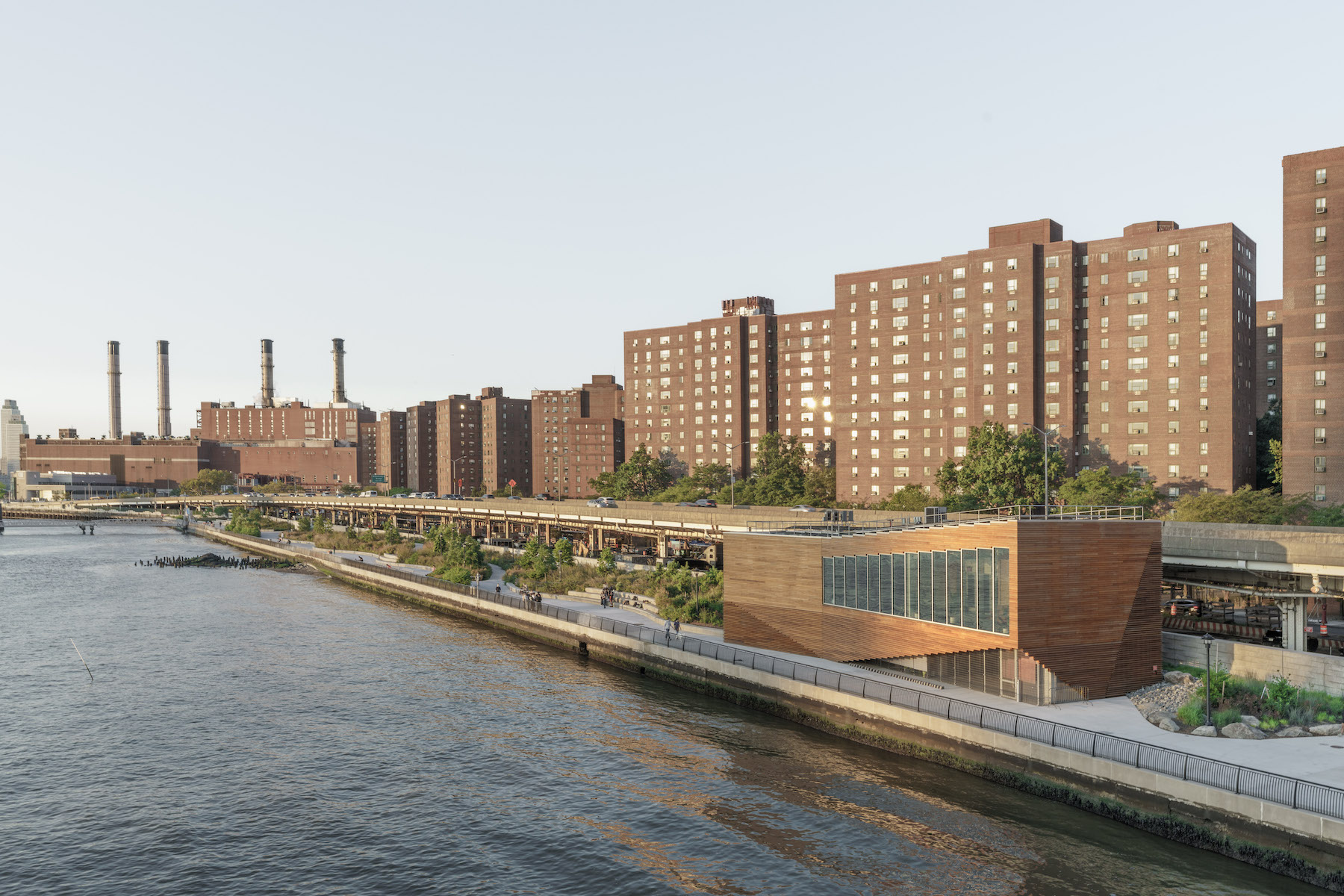From the AT Schüco Dublin City Dialogue event, John Tuomey, who was recently awarded the RIAI Gandon Medal lifetime achievement award alongside Sheila O’Donnell, reflects on the barriers facing emerging Irish architectural talent, the need to build true neighbourhoods rather than unit numbers, and why he remains optimistic about the future of Irish architecture.
What is the biggest issue facing new Irish architecture talent?
I think one of the big problems in Ireland is access to work for people who haven’t yet been able to prove that they can do that work. It becomes a vicious circle: if you haven’t done it, you can’t get in.
How do we ensure future generations have quality housing?
The problem with housing delivery in Ireland at the moment is that the issue is always framed in terms of numbers — as if people could simply live within their assigned units, as if the task were the assembly of units rather than the creation of neighbourhoods. We talk about housing delivery in terms of numbers achieved or not achieved, but it’s far more important to think about where people live and how the city can be lived in. For me, ‘neighbourhood’ is the central question.
We categorise everything into zones. Housing is treated as the provision of housing alone, rather than housing the population in all its complexity. If you don’t have schools, crèches, swimming pools, or parks, you don’t have housing. Housing isn’t a matter of stacking boxes. The deeper problem is the lack of a comprehensive overview of what the city is and how to house people within it. It isn’t solved simply by building houses.
Has Ireland fully embraced the need for sustainable buildings?
In my experience working with contractors, they are very clearly aware of the priorities around construction, waste, carbon, and embodied carbon. I wouldn’t say the problem lies with the industry, or even with its capacity. I think the issue lies somewhere within the system.
What stood out from the presentations at Dublin City Dialogue?
There are, however, reasons to be optimistic. One is the appointment of our new State Architect, Conor Sreenan, who seems to be opening the door to a new kind of thinking. I feel very hopeful about that, given how he is responding to the challenge.
The second is a very compelling presentation by Clancy Moore on their work — unlikely perhaps, given their focus on infrastructure — but it raises a real sense of potential about the scope of architecture as a discipline, especially its strategic strengths.


